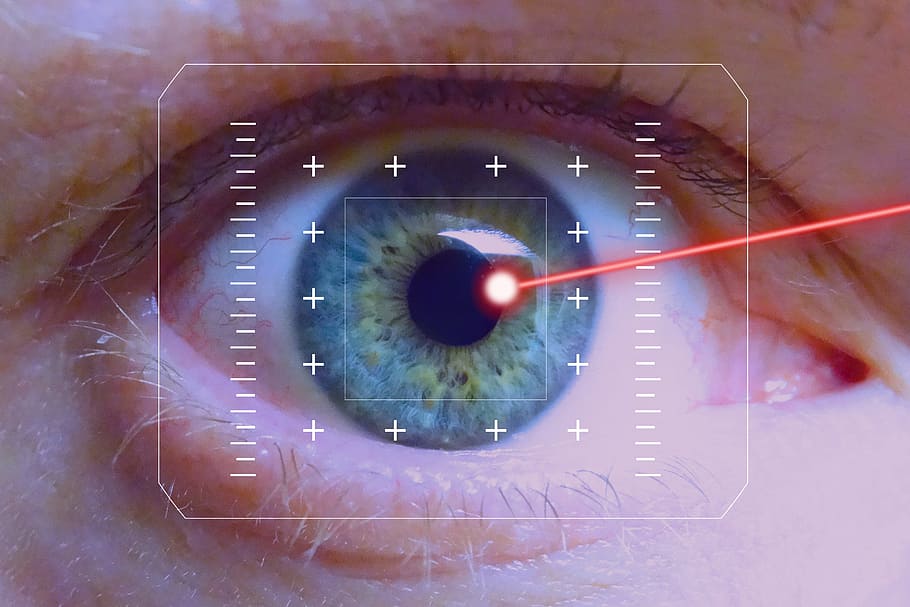Introduction
There are a number of people suffering from various eye diseases. It is quite essential to come with a perfect procedure that would make you free from any kind of vision issues. If you are struggling with refractive errors just like farsightedness, nearsightedness, or astigmatism, you probably wonder what kind of options you have apart from wearing glasses or using contact lenses to properly improve the vision.
Know about LASIK and PRK
LASIK is quite a popular name among people because; it has faster recovery compared to other procedures. According to experts, it also has a higher success rate. Apart from that, Photorefractive keratectomy (PRK) is also another procedure just like LASIK. However, the main disadvantage of this procedure is that it requires a longer healing time compared to others. It is a quite better option for the people who are not qualified for LASIK surgery.
When someone is suffering from refractive errors, he’ll experience eye strain, the problem in reading, difficulty in driving, headaches, squinting, and these types of other issues. According to experts, these are minor and they can be easily treated after wearing glasses or contact lenses. But, if the refractive errors develop more, they need surgery. There are several laser-assisted surgeries available to properly improve the vision permanently or it can go for a longer time without any additional issue. In this way, there will be no need to wear any kind of glasses or contact lenses for correcting the vision error.
Definition of LASIK
LASIK stands for Laser-Assisted Situ Keratomileusis. This is known as one of the most famous eye surgeries that correct refractive errors. According to many, the entire process only needs 30 minutes for completion.
How LASIK Surgery is done?
The patient has to sit on a comfortable chair and he’ll receive eye drops. As this operation procedure is very short, patients don’t have to go for local anesthesia. After that, a certain device will be placed on the eyes to properly hold that to open and the patient will be asked to look at a target while the laser works rightly. Most of the doctors use a small blade or laser beam to shut the flap in the cornea. One thing is to keep in mind that the outer layer of the skin on your eye protects the internal parts of the eye.
A laser will be aimed at the now exposed lens of your eye. The laser has come pre-programmed according to the prescription of refractive and in this way; it will reshape the cornea very easily. After that, the corneal flap will be replaced and after that, the patient will receive a special contact lens and the recovery process will be started.
Definition of PRK
PRK stands for Photorefractive keratectomy. This procedure is not as popular as LASIK but, still this a great option for the people. As it works similar to LASIK but, the healing process is longer.
How PRK Surgery is done?
The patient has to take local anesthetic before starting this procedure. Then, the eye will be properly held still with a device that keeps the eyelids open and the patient has to look to a target. After that, the eye surgeon will remove a small part of the corneal epithelium with the help of a small blade or a special brush. After the cornea is out of the way, the laser that is properly programmed to shape the lens will start work. After the procedure is done, the patient will get a bandage contact lens and go for recovery.
Pros and Cons of LASIK
Pros
- Requires less time to complete the procedure.
- The quick healing process.
- Improves visual acuity for several years.
Cons
- People who are more than 40 years old are not eligible to be treated by LASIK.
- LASIK may dry your eyes and you may take 3 to 6 months to recover.
- Refractive effects may come back again or it may develop.
Pros and Cons of PRK
Pros
- This is the best procedure for the people who are not eligible for the LASIK.
- It is good for athletes, older than 40 or young people.
- It is a better procedure for people who have high degrees of refractive errors.
Cons
- Take lots of time for surgery and it will also take a lot of time to heal.
- It is possible when you have healthy corneas. Otherwise, it may fail to deliver the best result.
What is the Best Procedure for You?
According to a study, there are not so many differences between the people who have undergone LASIK or PRK. Initially, the PRK improvements are lower compared to LASIK. PRK visual acuity is much greater compared to LASIK. It is true that maximum eye surgeons will recommend LASIK compared to PEK due to its fast healing. Where LASIK is expensive, PRK is less expensive. So, most people prefer LASIK over PRK due to its quick healing. It depends on you which to give priority to, an either less expensive or quick healing process. Contact Brisbane Refractive surgery specialists for more information.
Conclusion
Before going to correct any refractive errors, it is important to properly research the pros and cons of the procedure. Here, the pros and cons of these two popular eye surgery procedures. You can come across this article and consider the best procedure for your own. After doing the research, you can ask your eye surgeon to conduct the surgery.

